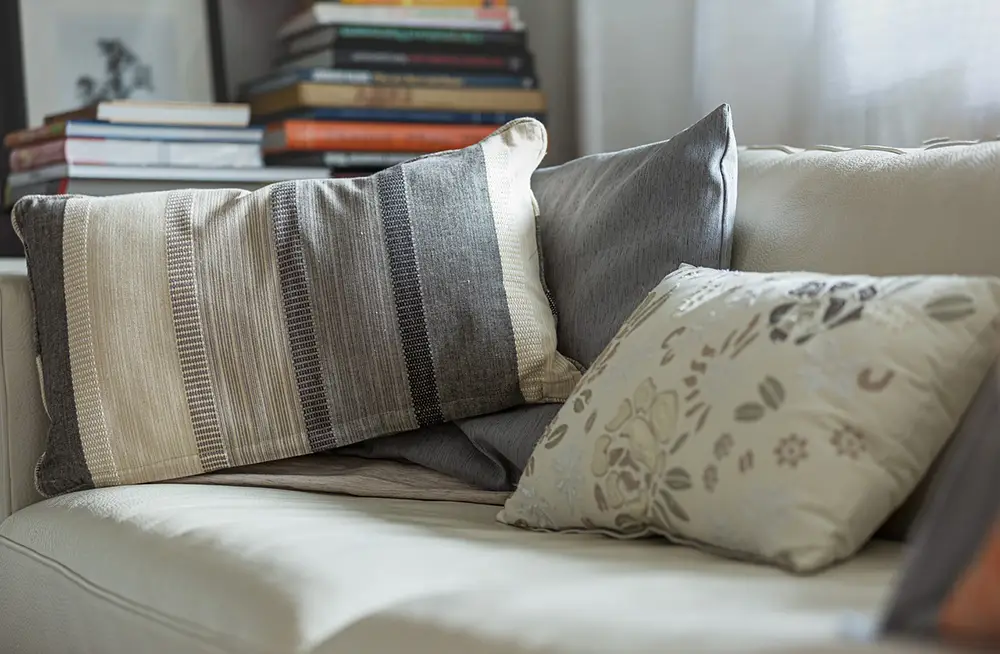Sofas and other items of upholstered furniture (those are the ones with lots of padding and stuffing to make them nice and comfy) get a lot of love in the home – and they get a lot of dirt on them as well over time. Just like anything else in any home – or office, for that matter – they will need to be deep cleaned periodically to keep them fresh, smelling nice, and generally looking spiffing.
Deep cleaning upholstery is probably best left to professionals who have the right tools to remove not just the dirt, odours and dust mites but also the water that’s used to loosen the dirt. Professional upholstery cleaning firms usually have powerful truck-mounted vacuums that remove the liquid involved in steam cleaning very effectively. This is a more important step than you think. If upholstered furniture such as a couch gets wet or damp and stays that way for a while, then mould can grow inside it, which can smell quite nasty. However, with a professional cleaner, the drying time is reduced drastically, meaning that you can use your couch and armchairs again more quickly.
Nevertheless, you probably don’t want to call in a professional upholstery cleaner every day or even every week, despite how you’re likely to get dirt and other mess on your upholstery quite frequently. Well, maybe not you personally – it’s more like cats, dogs and small children with weak bladders who get upholstered furniture dirty and smelly. There’s also that one person who climbs onto the sofa with their shoes on or who spills their coffee or drops a few crumbs while enjoying a sandwich in front of the TV. (Um, I think that one person this morning who spilt coffee was me… oops. Even professionals spill and slop drinks sometimes.)
There are things that you can do to deal with everyday dirt to help your couch, armchair, divan, or sofa look good in between visits from the professional technician with his carpet cleaning machine. Just about anybody can try these at home easily enough. We’ve put together a list of our top 20 upholstery cleaning tips to make life a bit easier – and your upholstery a bit nicer to sit on.
#1: Double-Bag Beanbags
Beanbags are casual seating, but they still count, although they’re not really “upholstered”. They also get dirty, just like other seating. The covers of beanbags are washable, but the process of taking out all the beads, storing them somewhere during the washing process, and then putting them back in again is a real hassle. Save yourself the hassle by making your beanbag mimic a pillow: have one cover to hold the beans and another cover over the top of that which actually gets sat on. The top or outer cover comes off and can go into the wash while the other one holds the beans. Too easy!
#2: Make Good Use Of Your Vacuum Cleaner
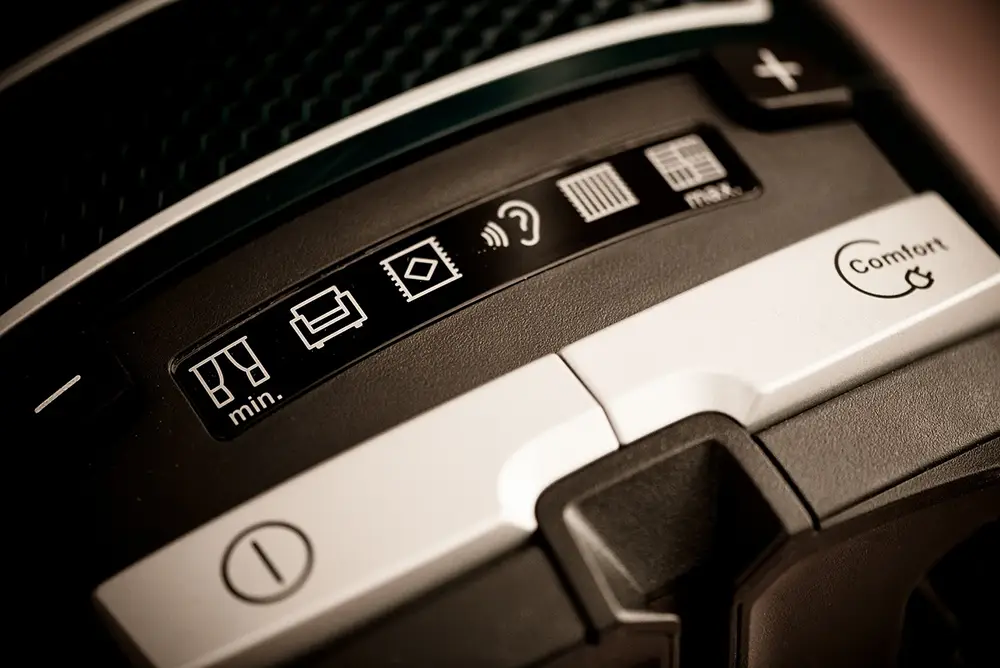
You probably already know that your vacuum cleaner is very useful for keeping your carpet nicely spruced up. However, your vacuum cleaner is just as useful for keeping on top of the upholstery as well. As is the case for carpets, vacuum cleaners can’t remove liquid dirt that’s engrained, and they can’t remove bad smells. But they can remove loose dirt and pet hair (OK, some of the pet hair – pet hair seems to get everywhere and be particularly stubborn). It’s not too hard to include the upholstery in your regular vacuuming sessions. Use the upholstery tool on your vacuum cleaner – most modern models have one of these – and run over the top, back and sides of the sofa and armchairs. Don’t forget under the cushions, but keep an eye out for stray pens, spoons and plectrums.
#3: Learn What The Cleaning Codes For Upholstery Mean
If you want to try spot-cleaning the sofa, it’s always smart to check what the label says. Sofas and other upholstered furniture have care and cleaning tags just like clothing does. You may have to poke and burrow and explore a bit to find the tag but it should be there. These tags or labels often have codes on them to tell you what you can and can’t use to clean the upholstery fabric. The codes will usually be one of the following:
- W: This stands for Water and means that you can use water – including steam – to clean this type of upholstery fabric.
- S: This stands for Solvent. You can’t use water on this fabric, but you can use a solvent-based cleaner such as alcohol.
- S/W: This is the best one to find, as it means that you can use either water-based or solvent-based cleaners on this type of upholstery fabric.
- X: This one means that you can’t use any type of cleaning product on the fabric, and you’ll have to stick to using the vacuum cleaner. If your sofa has this label on it, then you will need to call in the professionals to clean it, as they will have the ability to dry clean your upholstery.
With all the tips and tricks in the rest of this article, please remember to CHECK THE LABEL FIRST, and if a particular method isn’t suitable for your type of upholstery fabric, don’t use it.
#4: How To Remove Pet Urine (And Human Urine)
If a toddler becomes so engrossed in an episode of their favourite cartoon that they forget about the toilet, then you will have to get pee out of the upholstery. Your first step is to blot as much up as you can with a paper towel, an old cloth towel or a wad of loo paper. Keep blotting until nothing more comes up. Then tackle what’s left with either an enzyme-based spray (follow the instructions on the bottle) or try the baking soda trick. First, sprinkle some baking soda over the spot and work it into the damp bit. Then add a little bit of vinegar – and I mean a little bit; don’t soak the fabric completely. The vinegar will fizz as it hits the baking soda, blasting out the remnant of the urine. Blot again until no more comes up. Then sprinkle on more baking soda and leave it to sit to absorb smells before sweeping it away. Tiny bits of urine will remain in the upholstery and it will need professional deep cleaning to remove, but these DIY methods get the worst out.
#5: How To Remove Nail Polish From Upholstery
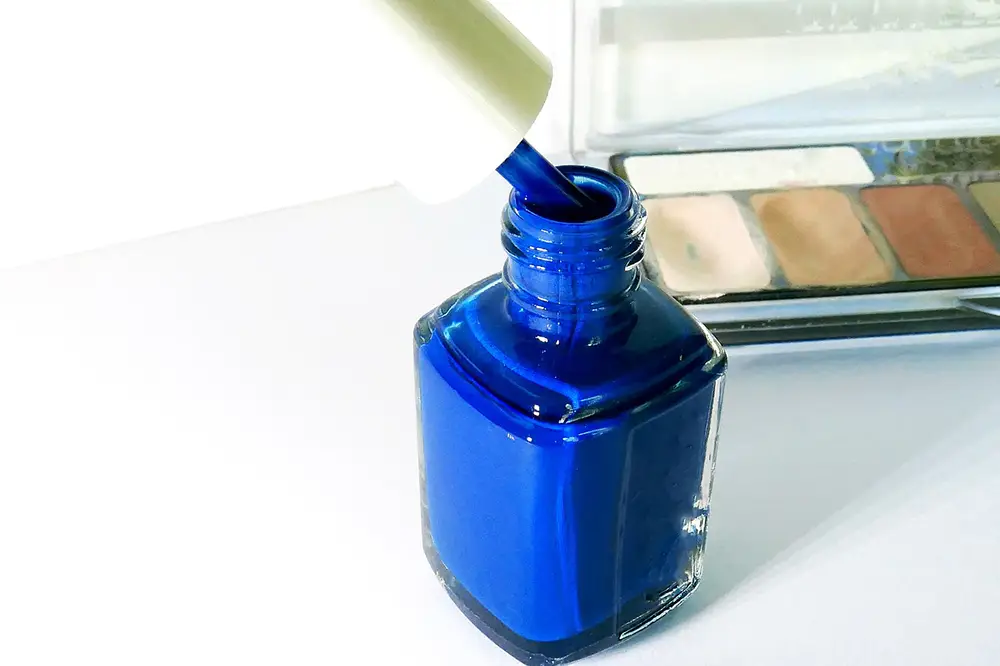
Prevention is better than cure, so maybe don’t paint your nails while sitting on the sofa. However, accidents happen, and the sofa is certainly a comfy place to sit while waiting for the nail polish to dry. Your first step is to pick off as much polish as you can. If that doesn’t remove it all, if your sofa care tag has S or S/W, then use a little non-acetone nail polish remover to… remove the nail polish. Keep going, just like you would with your nails, until it’s all gone. If a stain remains, then call a professional carpet and upholstery cleaning company to remove the nail polish stain.
#6: Make Friends With Slipcovers
Slipcovers do a great job of catching a lot of the external surface dirt that gets on sofas and other upholstery. They don’t catch all the dirt – there’s little they can do to stop coffee getting on the actual upholstery – but they get the majority. The good thing about slipcovers is that they are a lot easier to wash. In quite a few cases, you can just toss them into the washing machine. With the right style of the slipcover, a bit of crease and crinkle after washing is part of the look.
Slipcovers aren’t to everybody’s taste, but if you can make friends with them, you can preserve your upholstery in good condition for longer.
#7: Use Plates When Eating
In an ideal world, you would only eat in the dining room and never take a snack onto the sofa. In the real world, we eat on the couch as well as in other places. Minimise the inevitable crumbs and other bits of debris by using a plate.
#8: Shoes Off The Couch!
A lot of us grew up hearing our mothers reminding us to keep our shoes off the couch. Well, Mother was right: shoes carry quite a lot of dirt that’s come in from outside, so don’t get them on the couch. Take your shoes off if you want to put your feet up to relax for a bit. Even better, take them off at the door so outside dirt doesn’t get on the carpet either.
#9: Remove Smells With Baking Soda
Over time, upholstery can get a bit pongy. No wonder, seeing as everybody’s bottom plonks down on the cushions and probably emits a fart or two. That’s not the only source of bad odours in couches. Often, a niffy sofa is a sign that you need to call professional upholstery cleaners, but if you need to remove the smell in a hurry (your mother-in-law is coming to visit tomorrow, for example), then use baking soda. That stuff is magic! Sprinkle baking soda all over the couch and the cushions, then leave it on the fabric to sit for a bit and absorb the odours. After that, sweep up as much as you can, then vacuum.
#10: How To Remove Bloodstains
Yes, those of you who have read or watched too many crime stories will think up all sorts of gruesome scenarios as to how the blood got on the sofa. The reality is far more mundane. Most women over the age of 14 will know how blood gets on upholstered furniture – and if you’re a squeamish male, look away now! Every woman has had those times when their feminine sanitary product hasn’t done its job properly, and now you don’t just have the problem of stains on your jeans but on the sofa as well.
First, after applying first aid or whatever needs to be done to treat the source of the blood, sponge up as much as you can from the upholstery. Then use cold water to remove blood stains, never hot water. Apply a small amount of water and keep blotting, not scrubbing, to remove the blood. Repeat this process until you can’t see any more blood.
#11: Keep The Dog Off The Bed and Couch
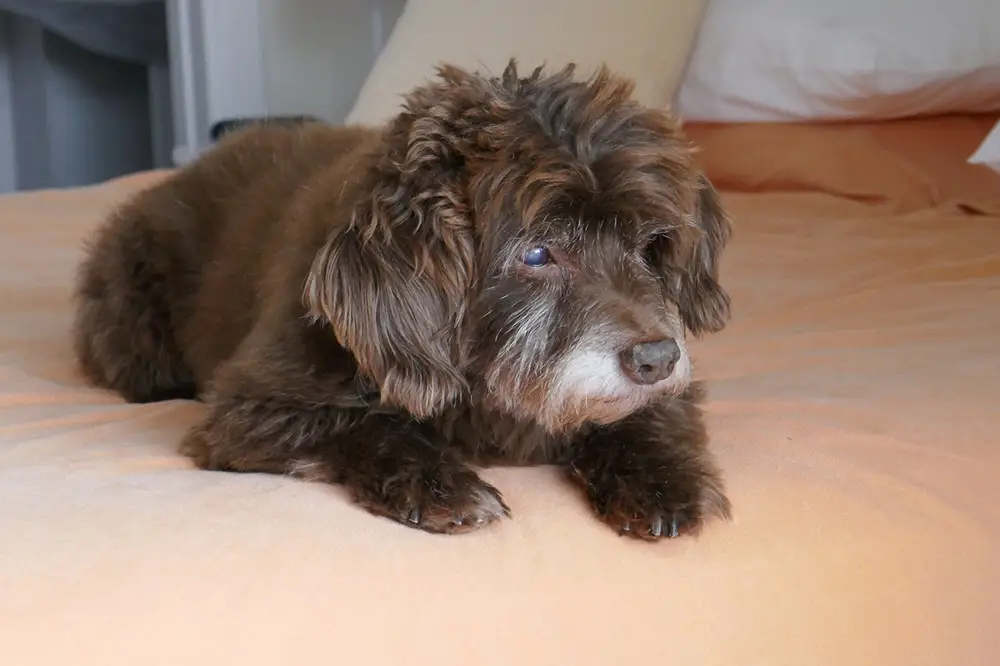
Pet hair is one of the big sources of dirt on upholstery because our cats and dogs love to sleep on those lovely soft cushions. There’s not a lot that you can do about the cat, as the cat will go where he or she pleases. However, you can train the dog not to sit on the sofa easily enough. Get the dog his or her own mat or bed that’s easier to clean. Rover will have a spot of his/her own, and you won’t have the issue of dog hair and doggy pong on the couch.
#12: Discover Why The Victorians Invented Antimacassars
Antimacassars – lacy doodahs placed over the backs of armchairs or sofas at head height – weren’t just something to be made by middle-class Victorian women to avoid boredom. They were invented to protect sofas from a very popular hair product known as macassar oil (it was a blend of coconut oil and essential oil of ylang-ylang). If you or members of your family like to use a lot of hair products, then consider using a throw or even a traditional antimacassar to protect the upholstery.
#13: How To Remove Candle Wax From Upholstery
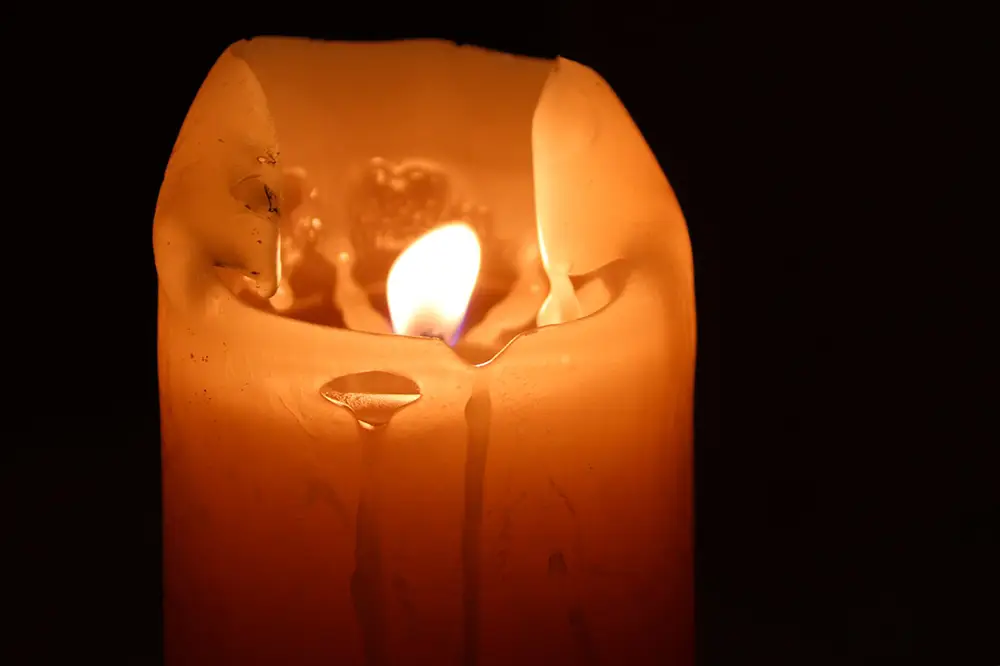
No matter what type of wax has spattered onto your couch, the steps for removing it are the same. Start by applying ice to the spot. This will harden the wax pronto so that it doesn’t trickle down deeper inside the upholstery. When the wax has all hardened into one big blob, you can scrape and pick it off the fabric. This is best done with a blunt knife of the sort that you use to apply butter or mashed avocado to bread. If any traces remain, get out an iron and cover the remaining wax with an absorbent cloth or a thick wad of paper towel or loo paper. Apply the iron to the spot through the absorbent cloth. The wax will melt and flow into the absorbent material.
#14: How To Remove Ink Stains From Upholstery
Most types of ink are soluble in alcohol, including permanent marker, whiteboard pen ink, felt tip pens and ballpoint pens. Start by blotting up as much as you can while the ink is still fresh, although this will only be possible if you have a tissue on hand when the mark is made. Your next step is to apply a little bit of strong alcohol to the spot. Vodka, methylated spirits or surgical spirits will all do the job. Spray it on or apply it with a cloth and use it sparingly. Apply, then blot. Work from the outside of the stain inwards to avoid spreading it.
#15: Consider Scotchgard Stain Protection
This one isn’t for everybody, as some people are a bit put off by the chemicals involved. Scotchgard has tidied up its act and no longer has the really nasty chemicals in its formulation, but it still does the job of making fabric stain-resistant.
#16: Don’t Forget The Pillows
A lot of people like adding a few throw pillows or cushions to the sofa to soften the look or to provide extra support. These pillows get dirty and smelly as well, so don’t forget to include them and give them some attention if you’re getting a professional upholstery cleaner. Some pillows have removable covers that can be taken off and washed – it’s best to do this carefully by hand rather than in the washing machine, and they should be air-dried.
#17: How To Remove Avocado Stains
Avocado is a beast if it dries onto fabric and can leave a vicious stain. The inside of the stone is worse, so keep avocado stones well away from the couch. If you get avocado on the sofa, scrape up as much as you can as soon as you can. Then treat any lingering bits by soaking an old toothbrush in some warm water and applying a wee spot of dishwashing liquid. Scrub the spot gently, working from the outside to the inside, then blot dry.
#18: How To Remove Red Wine Stains
As usual, start by blotting up as much as you can straight away. Make sure that the stain stays damp because if it dries, it’s much harder to remove. Apply plain water to the spot to dilute it, then blot it up. Keep on doing this for as long as you need to. Don’t use too much water, or you will have the problem of damp sofa cushions and mould.
#19: How To Remove Chewing Gum From Upholstery
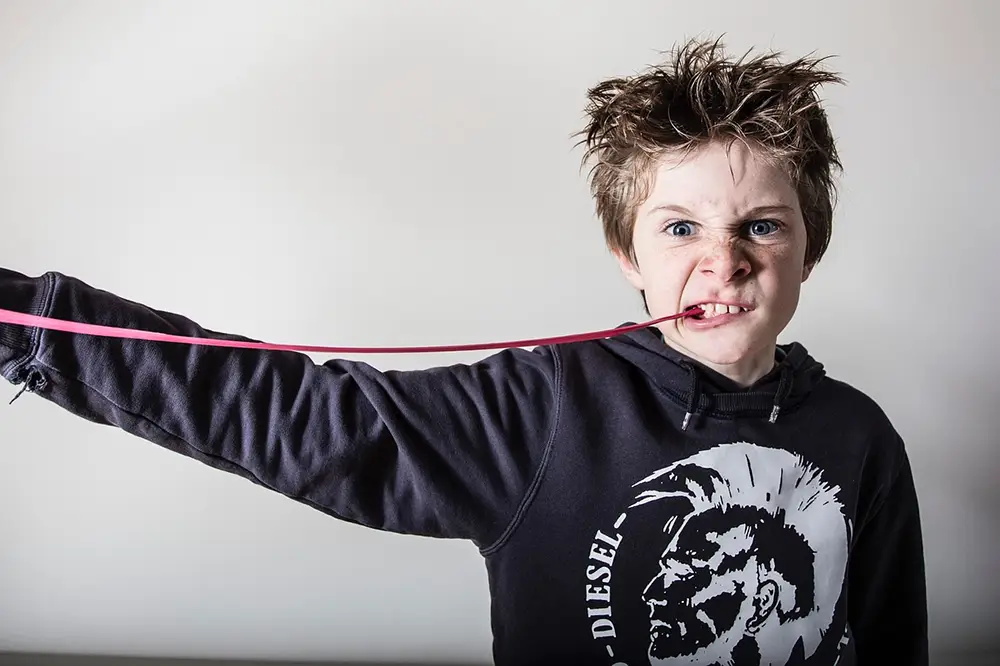
To remove chewing gum from upholstery, start by hardening it completely – apply an ice cube to the spot to do this. You can then scrape off quite a lot of the gum. While it’s hard, working the affected area to and from will dislodge quite a lot of gum. If any is left over, then use a wee bit of detergent and gentle scrubbing with an old toothbrush to get the rest off. Blot dry.
#20: Remove Pet Hair With Wet Rubber Gloves
Pet hair sticks to wet rubber gloves like nothing else. It even prefers sticking to the rubber gloves rather than your sofa. To remove pet hair from the couch, put on those rubber gloves, get them a little bit wet (shake off excess moisture), and start rubbing your gloved hands all over the upholstery. You’ll be amazed as to how much pet hair this removes! Have a vacuum cleaner handy to dispose of the hair.

